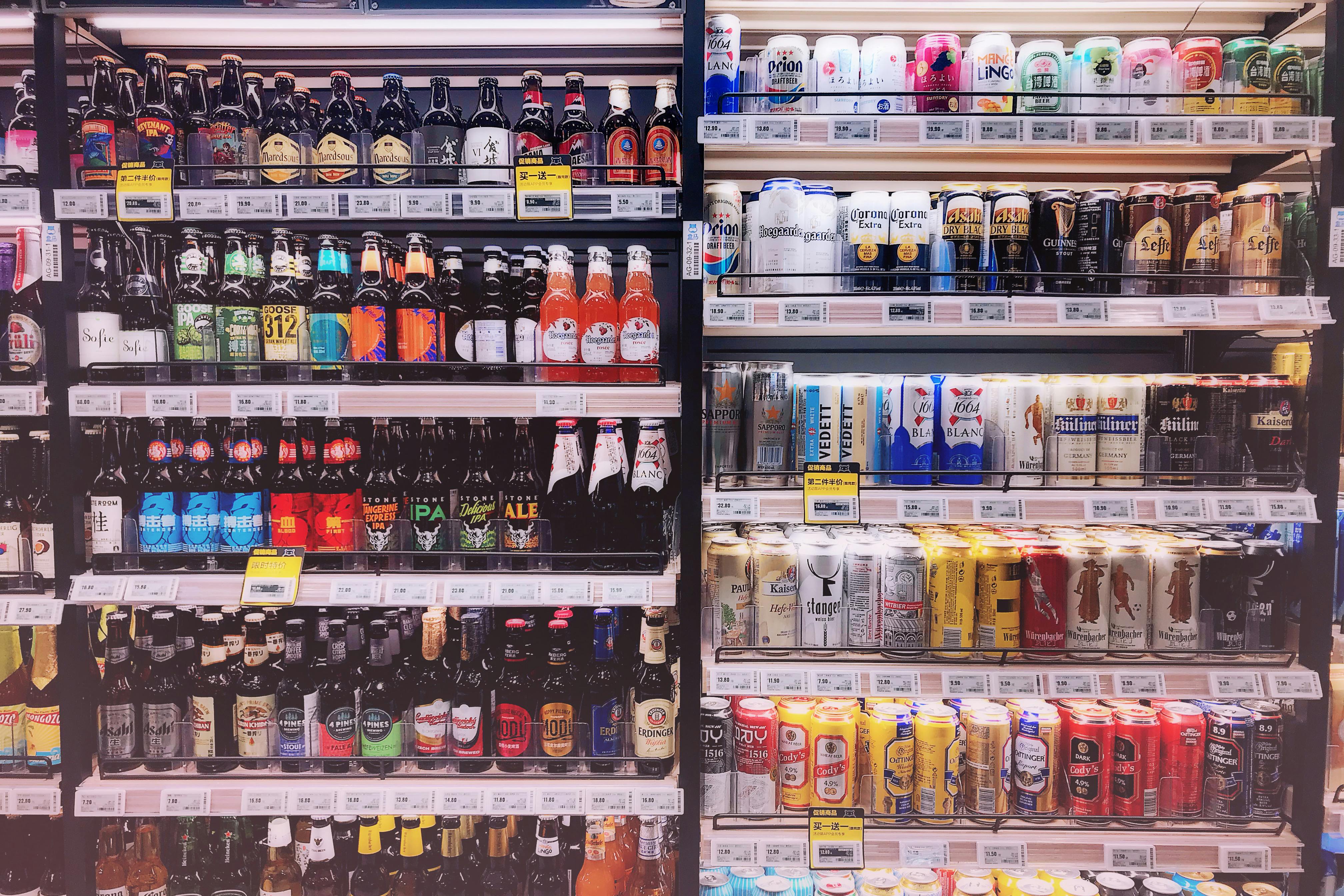Quick Maintenance Tips for Convenience Store Refrigeration Units

To operate at a consistent profit, convenience stores need to minimize unnecessary and avoidable expenses as much as possible. One important area you can focus on is the different refrigeration units your convenience store uses.
Refrigeration units are one of the biggest contributors to a convenience store’s overall energy consumption, so keeping them in tip-top shape is paramount to maintaining consistent energy usage and preventing runaway energy bills.
Before we dive into our recommended preventive maintenance tips for each of your refrigerator units, let’s first shed light on the common problems your convenience store would have with commercial refrigerators.
5 common problems with commercial refrigeration units in convenience stores
1. Outdated equipment
Older refrigeration units are more prone to breakdowns and might require frequent repairs or complete replacement. Additionally, they’re less energy-efficient than newer models with features like automatic defrost cycles and improved insulation—leading to significantly higher energy bills for your store.
2. Improper maintenance
Neglecting routine maintenance can lead to premature wear and tear on refrigeration systems, such as dirty coils, malfunctioning fans, and faulty door seals. These can reduce the efficiency of your refrigeration units, increasing the risk of breakdowns and the associated repair costs.
3. Malfunctioning thermostats
Inaccurate thermostats can lead to inconsistent temperatures within the unit, causing some areas to be too warm and others too cold—compromising food safety and ultimately leading to spoilage.
4. Frequent door openings
The constant opening and closing of walk-in coolers and freezers allows warm air to enter, disrupting the cold environment. This forces the refrigeration unit to work harder to maintain the ideal storage temperatures—contributing to faster component breakdown.
5. Power fluctuations
Sudden power surges or outages can damage sensitive electronic components within the refrigeration unit, leading to malfunctions that could remain unnoticeable until it’s too late.

Look out for the telltale signs of imminent refrigerator component breakdown.
What can you do to extend the life of your convenience store’s refrigeration units?
As we mentioned earlier, your convenience store uses a variety of refrigeration units. While there are general maintenance tips for all unit types, we also want to share specific ones for each.
For reach-in refrigerators…
Conduct regular gasket inspection: Regularly inspect the door gaskets for any signs of wear, cracks, or tears. Worn-out gaskets compromise the seal, allowing warm air to enter and cold air to escape, reducing efficiency and increasing energy consumption. Replace damaged gaskets promptly.
For walk-in coolers and freezers…
Observe proper stocking practices: Avoid overstocking your walk-in unit. Maintain adequate space between items to ensure proper air circulation. This promotes even cooling and prevents products from blocking cold air vents or evaporator coils.
For ice machines…
Schedule regular water filter maintenance: Regularly replace water filters according to the manufacturer's recommendations. Clean filters ensure clean water is used for ice production, improving ice quality and preventing mineral buildup that can reduce efficiency.
Schedule regular descaling: Schedule periodic descaling procedures to remove mineral buildup from internal components. Mineral buildup can reduce ice production efficiency and potentially damage the machine.
Observe regular ice quality checks: Regularly inspect the ice produced by the machine for any abnormalities like cloudiness, off-odors, or unusual shapes. This can indicate potential water quality issues or malfunctioning components.
Inspect air filters: Many ice machines have air filters that require regular cleaning or replacement. Clogged air filters can reduce airflow and impact ice production efficiency.
For display freezers...
Clean coils regularly: Regularly clean the condenser coils on the back or bottom of your display freezer, as dust and debris buildup on the coils can significantly reduce efficiency. Use a soft brush or vacuum cleaner attachment to remove dust and ensure proper airflow.
Observe proper lid management: Train staff on minimizing the time the display freezer lid remains open. Encourage customers to make quick selections and close the lid promptly to maintain consistent temperatures.
For specialty dispensers…
Schedule regular descaling: Like your ice machines, specialty dispensers (frozen yogurt, ice cream, slushie machines) are also prone to mineral buildup. This leads to clogged lines and reduced product flow, potentially damaging your equipment.
Inspect for leaks regularly: Inspect your dispensers for any leaks around connections, hoses, or dispensing nozzles. Leaks can lead to product waste, unsanitary conditions, and potential damage to surrounding areas.
General preventive maintenance tips:
- Schedule regular cleaning: Establish a routine cleaning schedule for your reach-in refrigerators' interior and exterior. Daily wipe-downs of spills and frequent cleaning of shelves, drawers, and door gaskets are crucial.
- Use proper cleaning solutions: Use warm water, mild soap, or a food-safe sanitizer for refrigerators. Avoid harsh chemicals or abrasive cleaners that can damage the interior surfaces.
- Schedule deep cleaning sessions: Schedule deeper cleaning sessions periodically, removing all shelves and drawers for a thorough cleaning. This allows better access to coils and tight corners for a more comprehensive sanitation process.
- Observe proper defrosting procedure: Most modern refrigerators have automatic defrost cycles. However, consult your specific model's manual for any recommendations on manual defrosting procedures if necessary. Defrosting helps prevent ice buildup, which can reduce efficiency.
Regularly adjust temperature: Monitor and adjust the internal temperature of your reach-in refrigerators regularly. Ensure it maintains the recommended temperature range for the food you're storing (typically between 35°F and 40°F).

Cut energy costs with remote temperature monitoring and real-time notifications.
How can you make preventive maintenance more proactive and efficient?
Add a much-needed layer of security and control over your refrigeration units with reliable temperature monitoring technology. With GlacierGrid’s monitoring solution and its partner dashboard app, you can keep an eye on the temperature of your refrigeration units anytime and anywhere.
This is just the first step to saving on energy bills. Book a demo with our team, and we’ll walk you through the journey.








